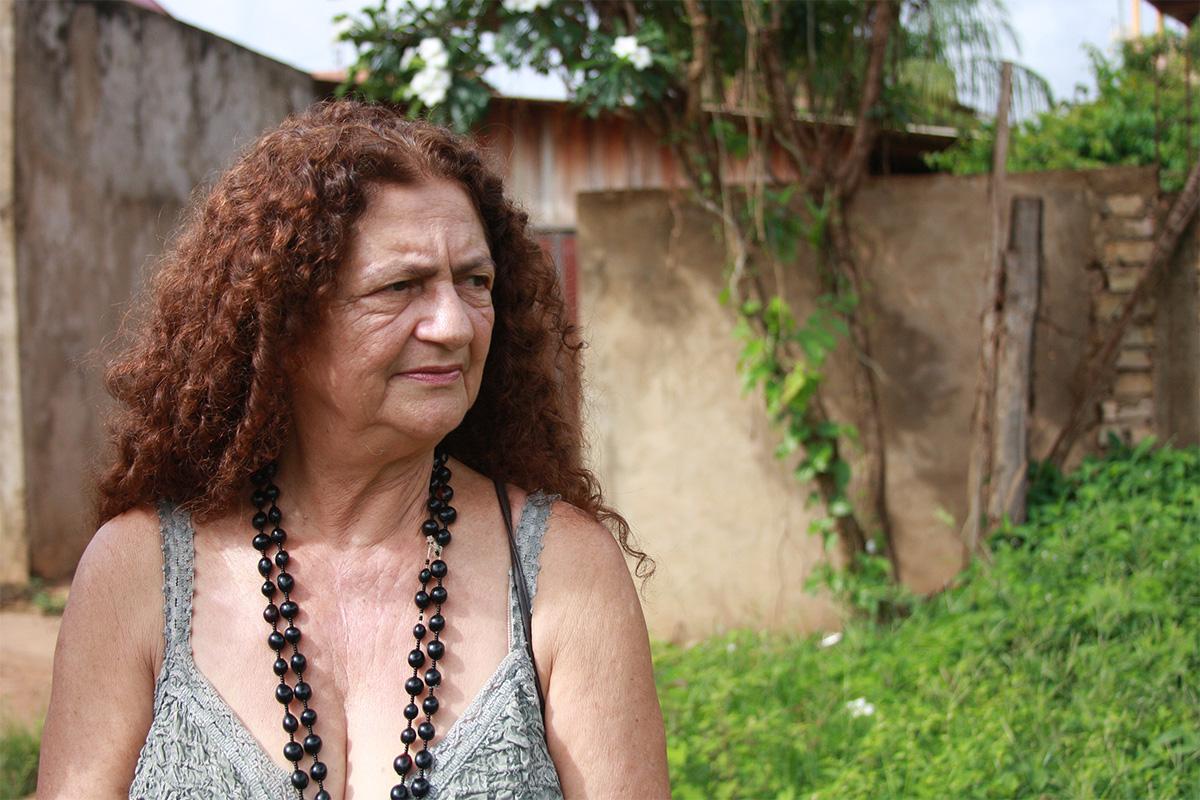Brazil’s huge dam is built, but these women won’t stop fighting
Antonia Melo, founder of the activist group “Xingu Vivo para Sempre,” has staunchly opposed the Belo Monte dam since it was first proposed in the 1980s.
After a quarter-century of plans and protests and construction and more protests, the Belo Monte dam complex on a tributary of the Amazon River in north-central Brazil will start generating power next month. Its capacity will make it the third largest hydro-electric system in the world.
But women are among those who have fought it every step of the way, exemplified by an iconic image that represents the resistance to the project.
It’s a photo of an indigenous woman holding a machete up to the face of the dam’s engineer.
It was taken in 1989, and since then the Belo Monte dam has been canceled, reconfigured, pared down and re-started. Amid a tumultuous history, one thing has remained constant: the dam project has motivated generations of female activists in the wake of that machete-wielding leader.
A militant old-school activist
Environmental activist Antonia Melo is one of them. She says she’s been fighting against the dam for 25 years, and even after construction began in 2011, Melo and her group “Xingu Alive Forever” didn’t give up.
“This project is a project of destruction and death of the environment, of the water, of nature, of human life," Melo says.
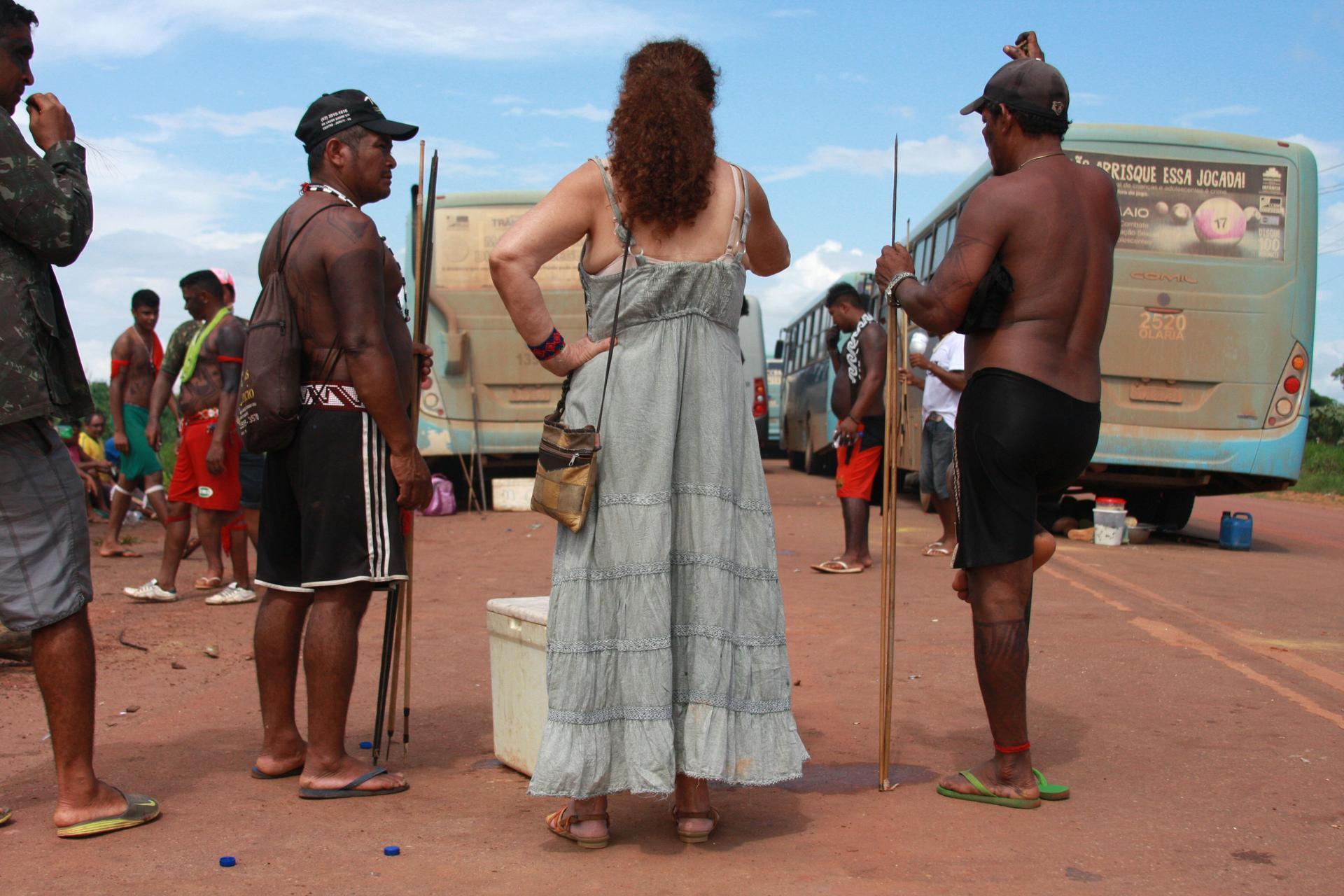
About 200 square miles of land has been cleared, paved, flooded or otherwise affected by the project. According to environmental regulators, about 60 percent of that was forests. The Xingu River has been re-routed. People have been moved.
And Melo has had a front-row seat for it all.
She lives in the city of Altamira, in the state of Para, just west of the three-dam Belo Monte complex and the project’s construction hub.
Until September, she lived in a neighborhood on the banks of the Xingu.
Now that neighborhood is a construction site, too.
On a visit to the site, Melo points to a patch of red Amazon mud where her living room used to be.
“And where those plants are there, that’s where my backyard was,” Melo says.
A park is now being built here, one of the amenities the dam-building company Norte Energie agreed to during its long, contentious licensing process.
Melo is one of an estimated 30,000 people who have been displaced by the massive project. Some of them have moved from flood-prone homes on the banks of the river to sturdy new ones built on a hill overlooking the city.
But Melo refuses to see any good in the dam coming to town.
“We continue, or I continue, firmly against the hydroelectric complex of Belo Monte,” she says.
Melo’s brash style of activism was bred during Brazil’s military dictatorship in the '70s and '80s. These days she seems to be fighting against the idea of hydropower as much as the dam itself.
But others have abandoned the no-compromise approach as the dam has become a reality.
A more pragmatic movement
Melo drove with me down the Trans-Amazonian highway from Altamira for about an hour to meet one of these next-generation activists.
We stop on a side road that leads to one of the new dams, where a group of mostly indigenous women and children are camped out. They’ve commandeered some of the buses the dam-building consortium uses to transport workers to dam construction sites.
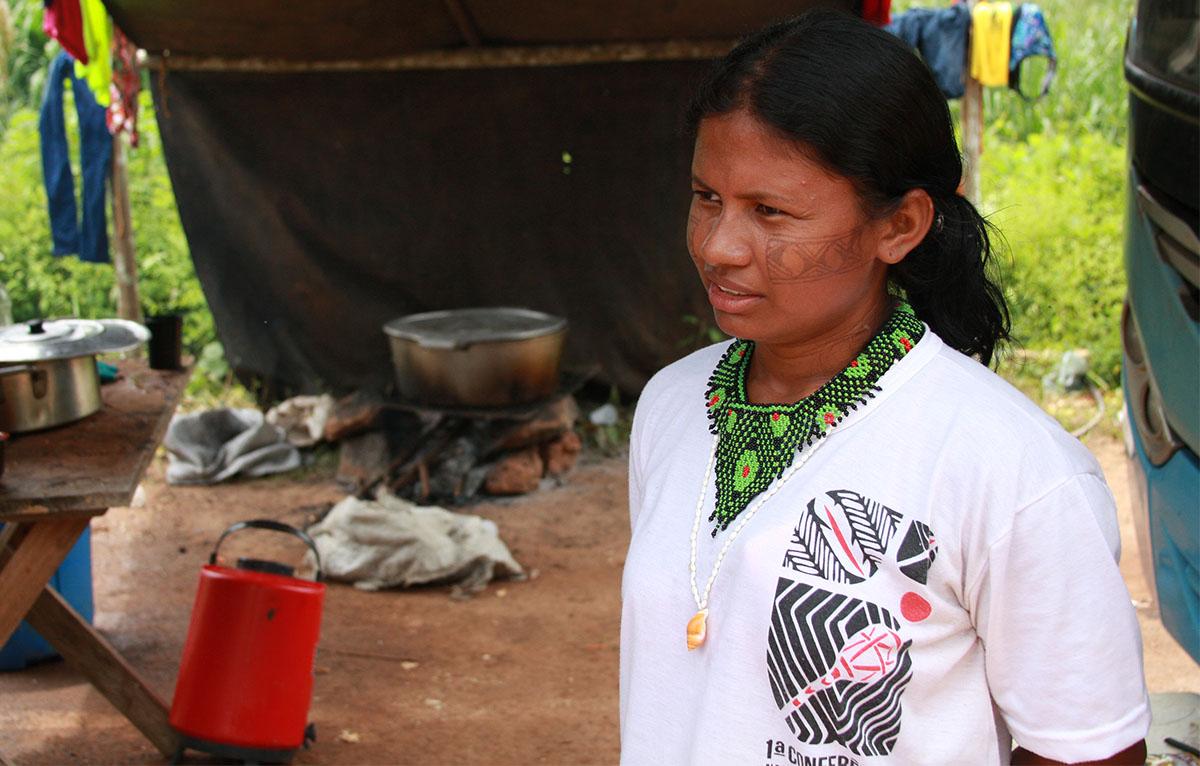
Bel Juruna, a young and more measured leader of the Muratu village, says the workers’ buses were taken as a bargaining chip.
Unlike Melo, Juruna is no longer fighting the dam. But she is trying to win a smaller victory for her people: to get the company to keep its promises to indigenous communities.
“We want them to create a fund to help create income and projects, so we can survive and keep our people where we are,” she says. “If not, we’ll have to leave.”
That's because, Juruna says, her people live on a bend in the Xingu River, in a small village of tin and thatch-roofed houses.
Water levels there have been greatly reduced by the dam, Juruna says, which is a problem for her people.
They have always fished to survive, but the dams are changing that.
“Lots of fish have died,” Juruna says, “and we don’t know why. This has been very difficult for us.”
The government acknowledges that more than 16 million tons of fish here have died since November as the dam began filling up. Norte Energie was fined about $2 million for the deaths, which were largely unexpected based on the government’s environmental impact reports.
Juruna herself has found a job as a health worker. But others haven’t been so fortunate.
“The only profession here was fishing,” Juruna says, “and now that’s impossible.”
Fishermen in Muratu say the water in their traditional fishing grounds is too murky to dive down to capture the colorful fish they used to sell upriver for pets. Line fishing is also much less fruitful than before, and the fish they do catch are skinny.

Norte Energie, the company that’s building the dam complex, wouldn’t respond to requests for comment. The company has made good on some of its promises, like urban renewal projects in Altamira. But it also has a history of unmet obligations. The Juruna people say they’re still owed healthcare, educational facilities and protections from encroachment on their land.
Independent monitoring may form the legacy of Belo Monte activism
In response to these concerns, independent monitors are documenting impacts on traditional communities.
Carolina Reis is a lawyer at the Instituto Socioambiental, a non-profit that has been documenting the dam’s impact on fishing grounds.
“The effort to create independent monitoring,” Reis says, “was an effort to try to give voice and to put light on the traditional knowledge that inside the federal licensing process usually is not incorporated.”
The Brazilian constitution requires indigenous groups be formally consulted before any hydropower projects on their lands are approved.
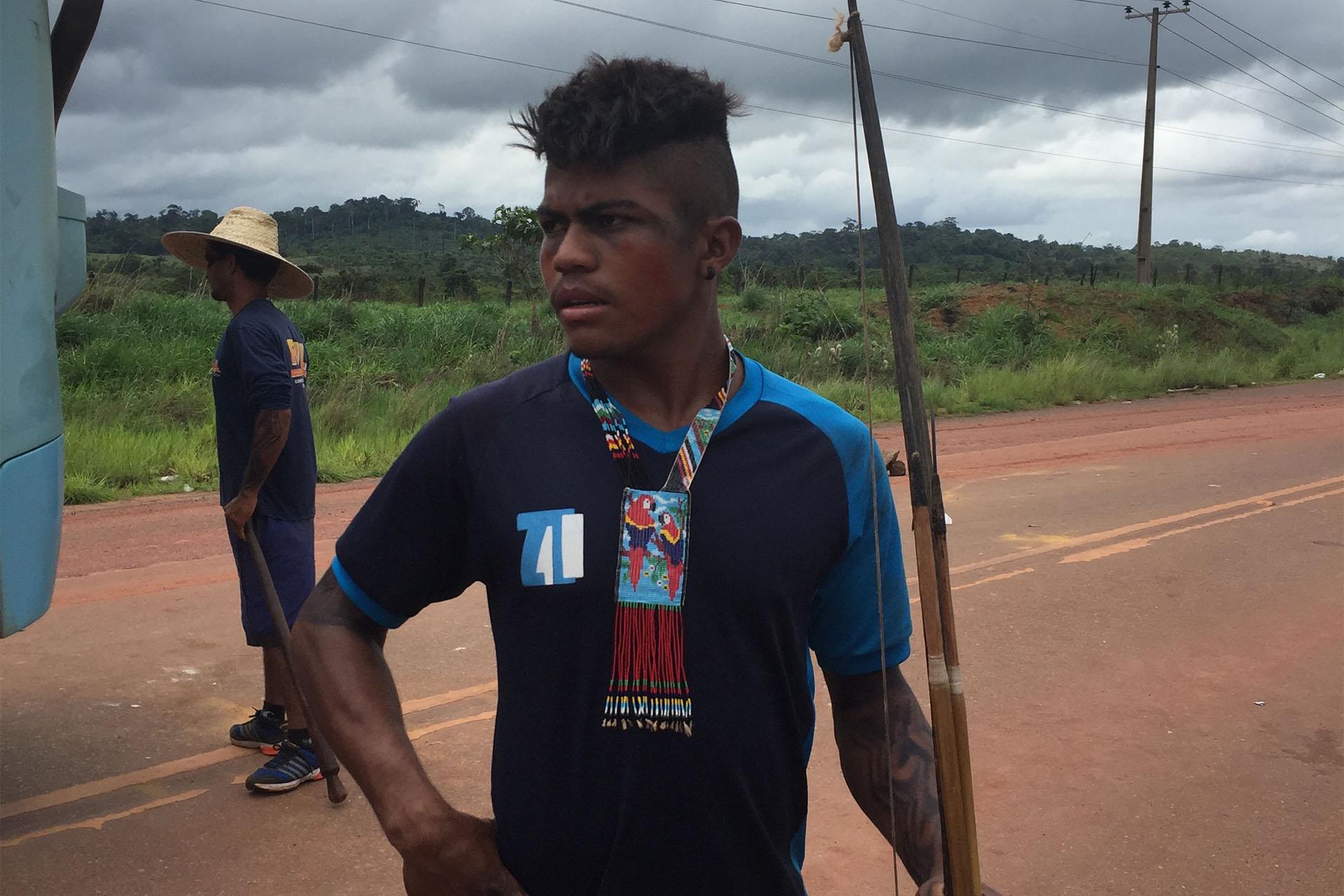
But Reis says other, more indirect effects need to be taken into account.
“Many, many, many, many people were totally invisible during the construction of Belo Monte, and now they have to pay with the changing of their way of living,” Reis said. “This legacy needs to be seen, for learning what cannot be done in the other Amazon rivers.”
Reis says regulators do seem to be learning some lessons.
Rodrigo Herles, with Brazil’s environmental agency, says it is not enough to look only at technical reports and studies in evaluating the impacts of projects like this.
“Dialogue with the activist sector is important,” Herles says. “We need more local insight.”
Herles says hydroelectric projects are much less aggressive now than they used to be, and there’s more oversight. A weak point is establishing protections for indigenous communities.
But he’s clear that Brazil needs Belo Monte.
“Brazil is a country that depends a lot on hydroelectric energy,” Herles says. “[It’s] still the cheapest in the country.”
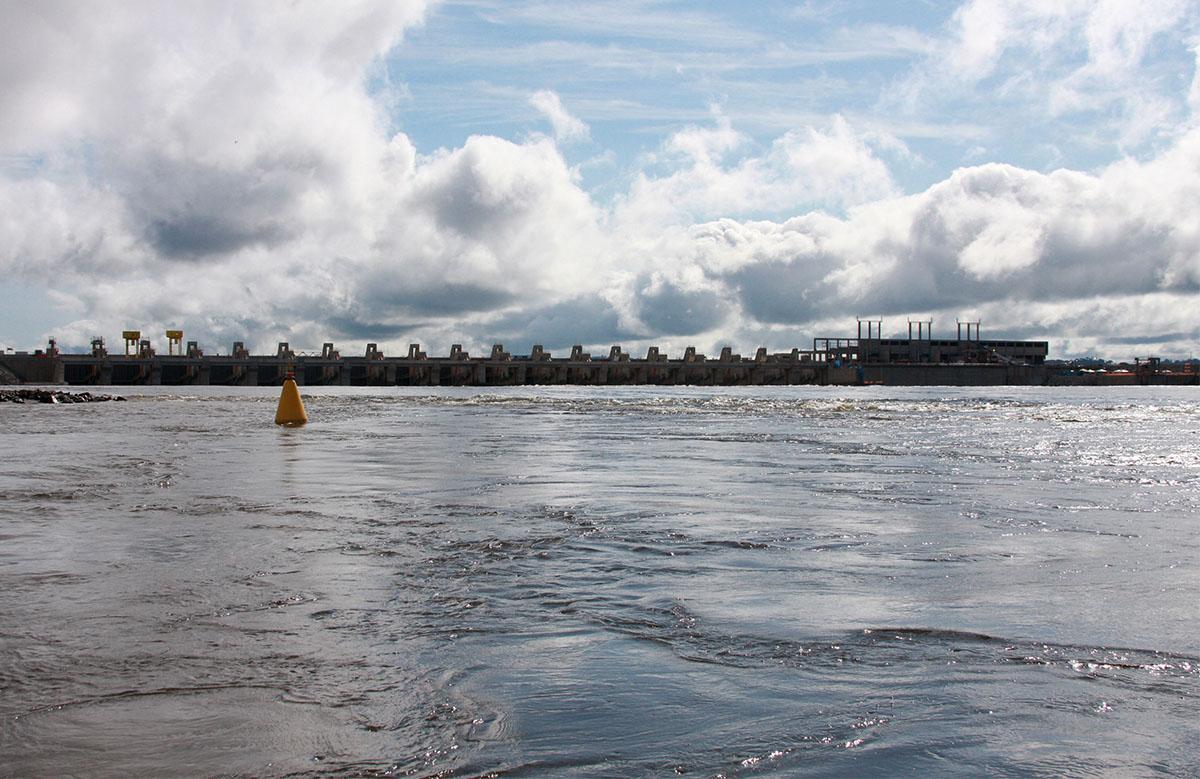
It’s also a low-carbon energy source in a time when climate change threatens Brazil as much as anywhere.
For Antonia Melo, her rhetoric is still focused on stopping Belo Monte. But she’s also been working with leaders fighting other dams, so that lessons learned here might still lead to victory elsewhere.
“It’s not just Belo Monte,” Melo says. “We continue our fight for this type of project to be cancelled and destroyed all over our planet. Not just in Amazonia.”
It’s the same uncompromising attitude as 25 years ago.
But the legacy of activism against Belo Monte may yet be felt in fewer and less damaging hydropower projects elsewhere.
